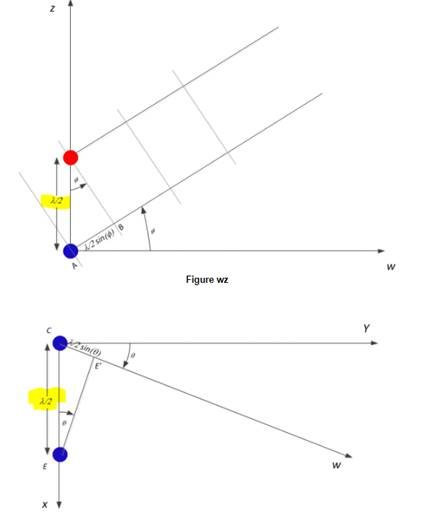Tool/software: Code Composer Studio
Hi all,
I am using the AWR1843 chip in our own designed board and I base my application in the "mrr_18xx" TI demo project.
Our board have 4 Rx and 3 Tx antennas like in the AWR1843BOOST development board.
I am using 4 Rx and 1 Tx antennas setup for my application.
In spite we kept the original Lamba/2 separation between Rx Antennas, I wanted to know if the code assumes this separation or the separation is entered as a parameter?
Thank you,
Claudio



